
How to Use Baofeng Transceiver: Examples, Pinouts, and Specs
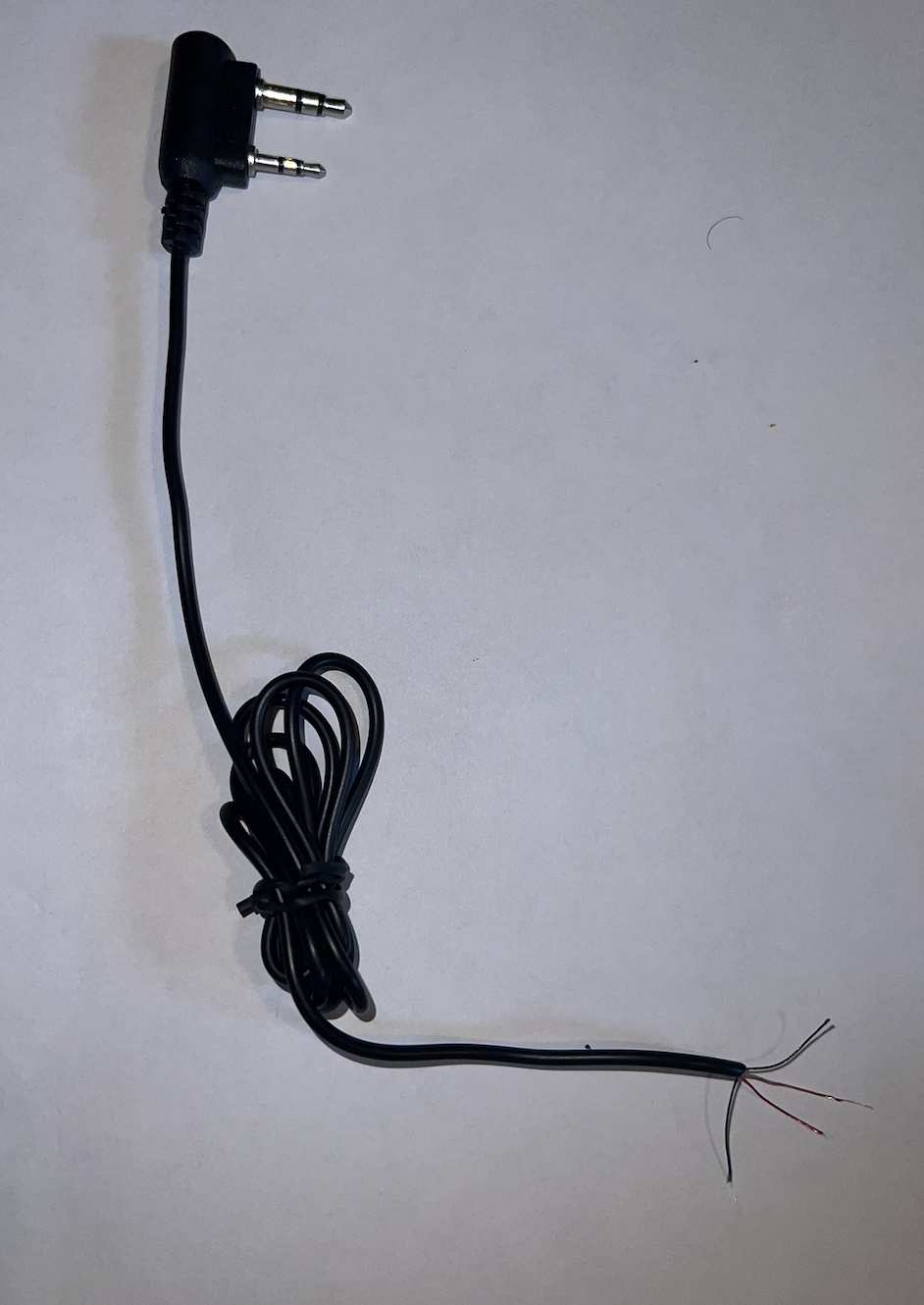
 Design with Baofeng Transceiver in Cirkit Designer
Design with Baofeng Transceiver in Cirkit DesignerIntroduction
The Baofeng UV-5R is a portable, handheld two-way radio widely used in amateur radio and emergency communication. Known for its affordability and versatility, the UV-5R operates on various frequency bands, making it a popular choice among hobbyists, preppers, and professionals alike. This documentation provides a comprehensive guide to understanding, using, and troubleshooting the Baofeng UV-5R transceiver.
Explore Projects Built with Baofeng Transceiver
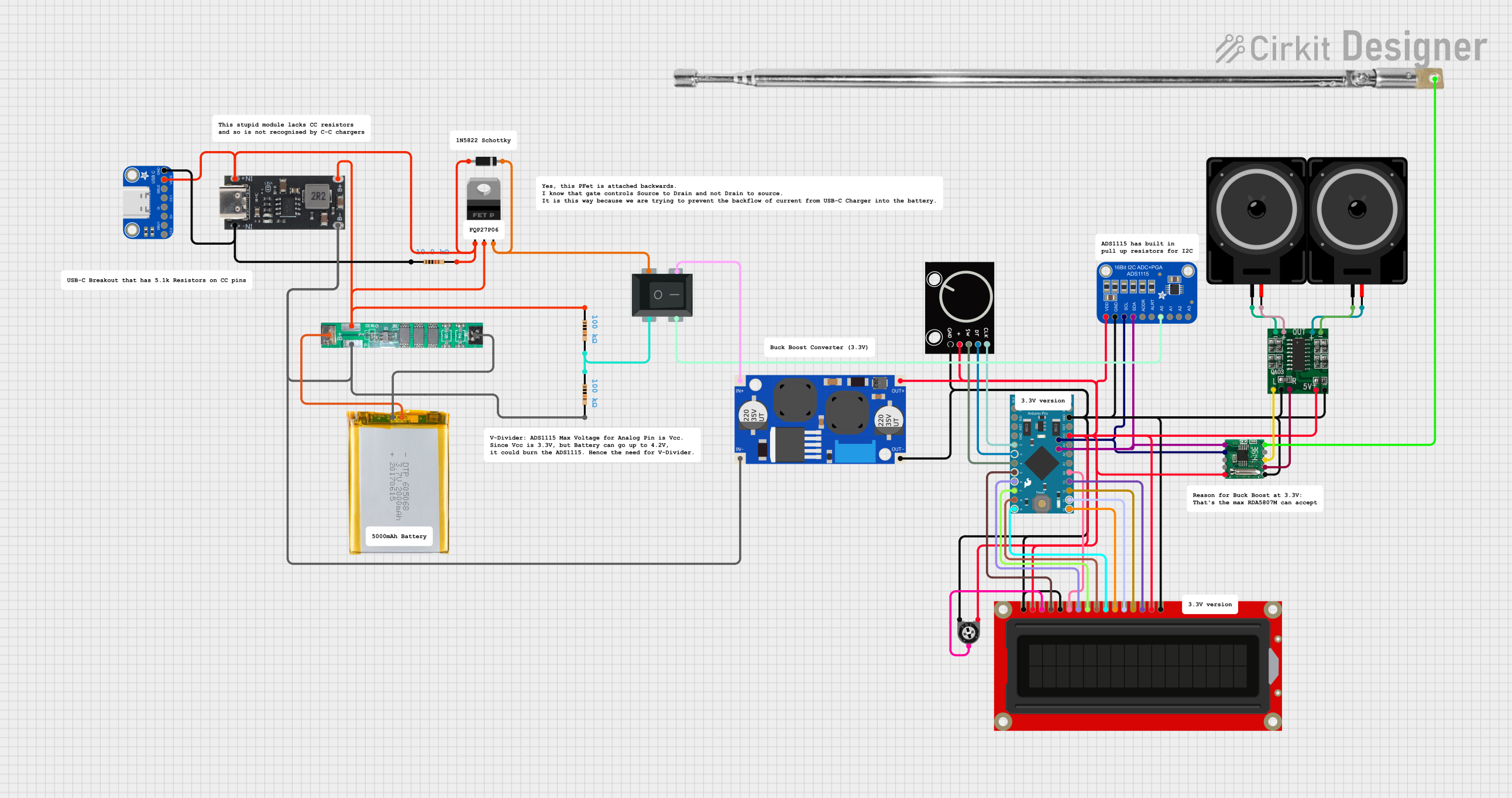
 Open Project in Cirkit Designer
Open Project in Cirkit Designer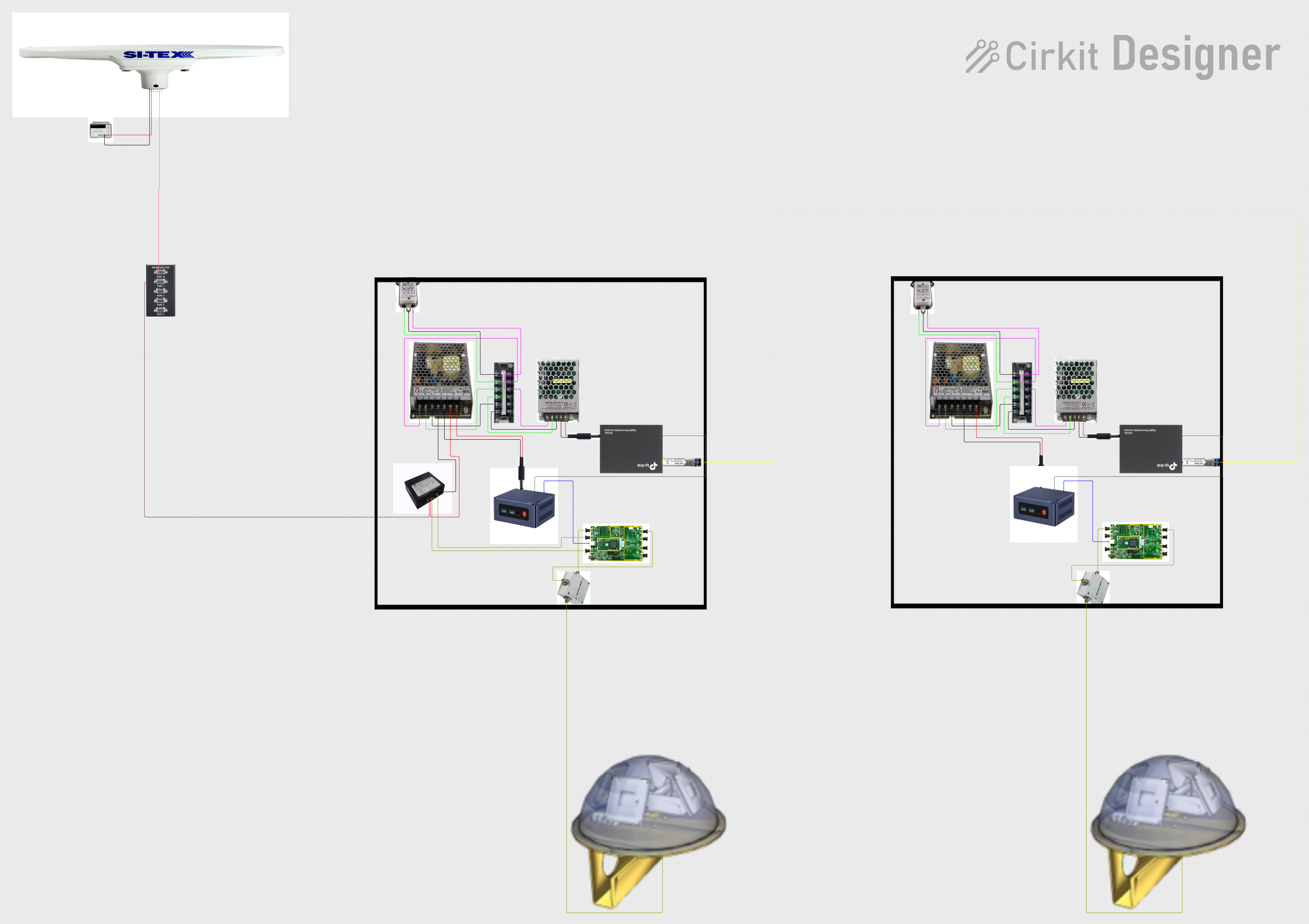
 Open Project in Cirkit Designer
Open Project in Cirkit Designer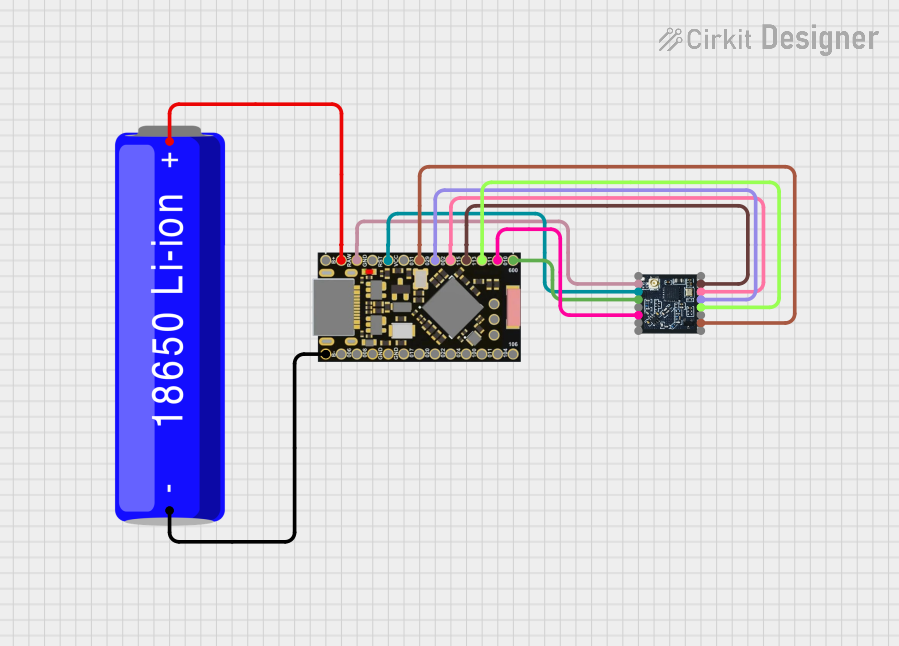
 Open Project in Cirkit Designer
Open Project in Cirkit Designer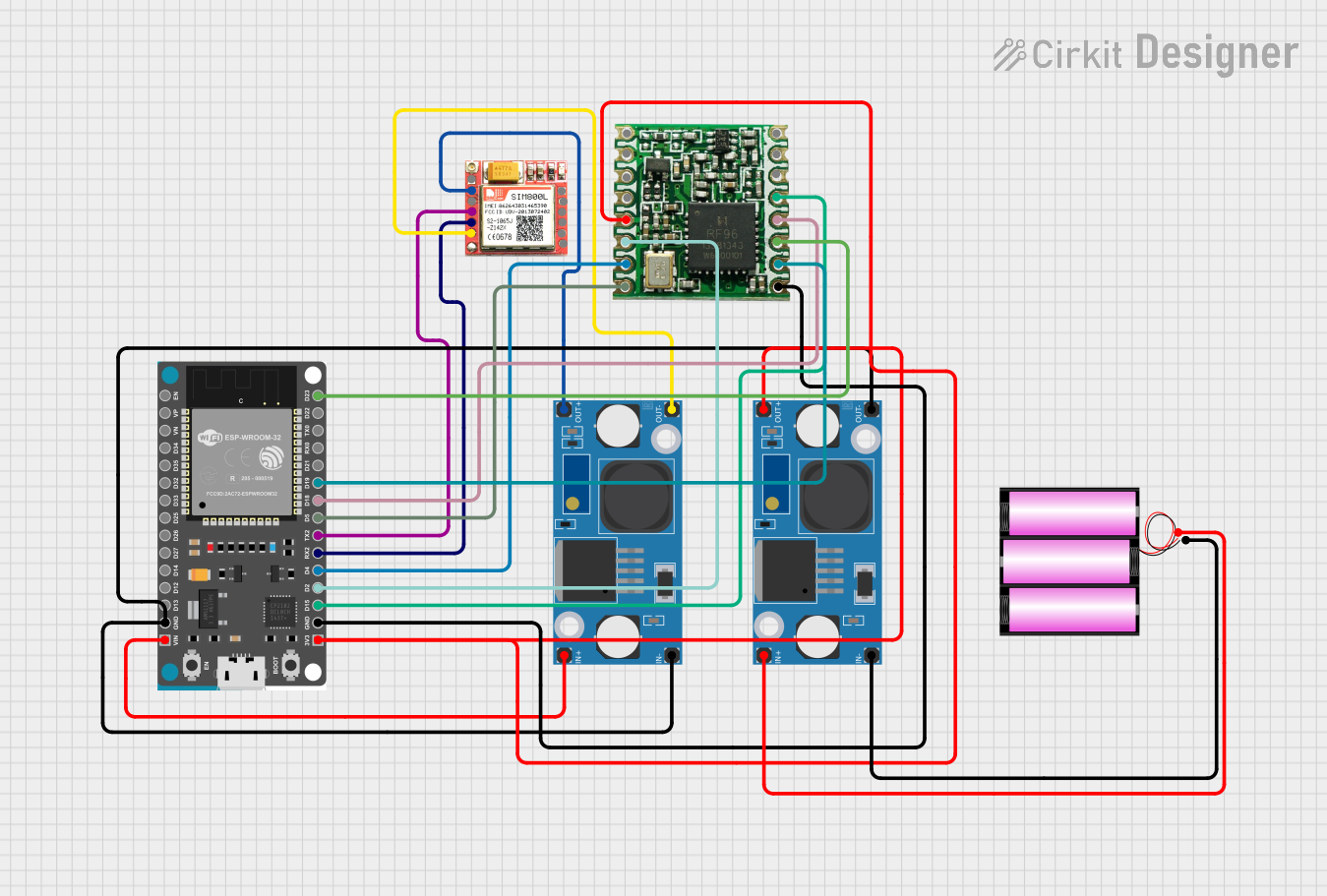
 Open Project in Cirkit Designer
Open Project in Cirkit DesignerExplore Projects Built with Baofeng Transceiver

 Open Project in Cirkit Designer
Open Project in Cirkit Designer
 Open Project in Cirkit Designer
Open Project in Cirkit Designer
 Open Project in Cirkit Designer
Open Project in Cirkit Designer
 Open Project in Cirkit Designer
Open Project in Cirkit DesignerTechnical Specifications
Key Technical Details
| Specification | Value |
|---|---|
| Frequency Range | 136-174 MHz (VHF), 400-520 MHz (UHF) |
| Output Power | 1W / 4W |
| Voltage | 7.4V DC |
| Battery Capacity | 1800mAh |
| Channel Capacity | 128 Channels |
| Frequency Step | 2.5/5/6.25/10/12.5/25 kHz |
| Operating Temperature | -20°C to +60°C |
| Antenna Impedance | 50Ω |
| Dimensions | 110 x 58 x 32 mm |
| Weight | 250g (with battery and antenna) |
Pin Configuration and Descriptions
The Baofeng UV-5R uses a Kenwood-style 2-pin connector for external accessories such as microphones and programming cables. Below is the pin configuration:
| Pin Number | Description |
|---|---|
| 1 | Speaker Output (SPK) |
| 2 | Microphone Input (MIC) |
| 3 | Ground (GND) |
| 4 | Push-to-Talk (PTT) |
Usage Instructions
How to Use the Baofeng UV-5R in a Circuit
Powering the Device:
- Ensure the battery is fully charged before use.
- Insert the battery into the back of the transceiver until it clicks into place.
Programming Frequencies:
- Use the keypad to manually enter frequencies or use a programming cable and software (e.g., CHIRP) for bulk programming.
- To manually enter a frequency, switch to VFO mode by pressing the [VFO/MR] button, then use the keypad to enter the desired frequency.
Transmitting and Receiving:
- Select the desired channel or frequency.
- Press and hold the [PTT] button to transmit. Release the [PTT] button to receive.
Connecting External Accessories:
- Use the Kenwood-style 2-pin connector to attach external microphones, speakers, or programming cables.
Important Considerations and Best Practices
- Antenna: Always attach the antenna before powering on the transceiver to avoid damage.
- Battery Maintenance: Regularly charge the battery and avoid overcharging to prolong battery life.
- Frequency Compliance: Ensure you are operating on frequencies that you are licensed to use, especially in amateur radio bands.
- Environmental Conditions: Avoid exposing the transceiver to extreme temperatures, moisture, or dust.
Troubleshooting and FAQs
Common Issues and Solutions
No Power:
- Ensure the battery is properly inserted and fully charged.
- Check the battery contacts for dirt or corrosion.
Cannot Transmit:
- Verify that the [PTT] button is functioning.
- Ensure you are on a valid frequency and that the channel is not busy.
- Check if the transceiver is set to the correct power level.
Poor Audio Quality:
- Check the antenna connection.
- Ensure the microphone is not obstructed.
- Verify that you are within range of the receiving station.
Programming Issues:
- Ensure the programming cable is properly connected.
- Use compatible software (e.g., CHIRP) and verify the correct COM port is selected.
FAQs
Q: How do I reset the Baofeng UV-5R to factory settings? A: To reset the transceiver, turn it off, then press and hold the [MENU] button while turning it back on. Select "RESET ALL" from the menu and confirm.
Q: Can I use the Baofeng UV-5R with an Arduino UNO? A: Yes, you can interface the Baofeng UV-5R with an Arduino UNO for various projects, such as remote control or automated messaging. Below is an example code snippet for interfacing the transceiver with an Arduino UNO:
#include <SoftwareSerial.h>
// Define the pins for the SoftwareSerial
SoftwareSerial baofeng(10, 11); // RX, TX
void setup() {
// Start the serial communication with the computer
Serial.begin(9600);
// Start the serial communication with the Baofeng UV-5R
baofeng.begin(9600);
}
void loop() {
// Check if data is available from the Baofeng UV-5R
if (baofeng.available()) {
// Read the data and send it to the computer
Serial.write(baofeng.read());
}
// Check if data is available from the computer
if (Serial.available()) {
// Read the data and send it to the Baofeng UV-5R
baofeng.write(Serial.read());
}
}
This code sets up a SoftwareSerial connection between the Arduino UNO and the Baofeng UV-5R, allowing for bidirectional communication.
Conclusion
The Baofeng UV-5R is a versatile and affordable transceiver suitable for a wide range of applications. By following this documentation, users can effectively utilize the UV-5R in their projects and troubleshoot common issues. Whether you are a beginner or an experienced user, the Baofeng UV-5R offers a reliable solution for your communication needs.